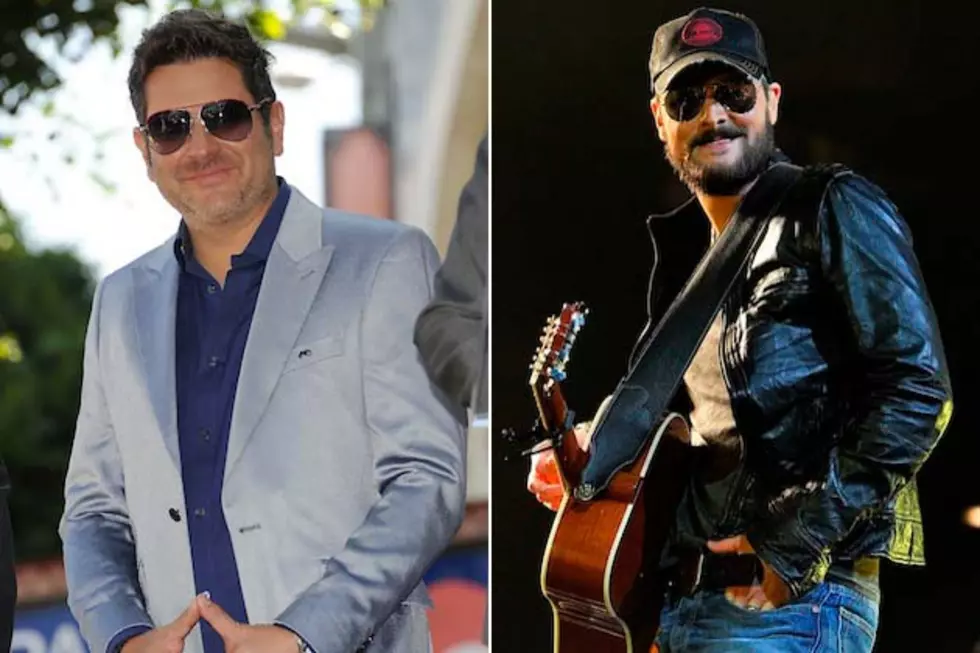
Sheldon Keck, World War II “Monuments Man,” Had Cooperstown Roots!
The World War II movie "Monuments Men" opens this weekend. The George Clooney film tells the story of a group of Allied soldiers who race against the clock to save millions of dollars of priceless art from either falling into the hands of the Nazis or from being destroyed totally.
One of those monuments men was Sheldon Keck of Cooperstown.
"He was a marvelous man, and one of the world's leading art conservators," Dr. Bob Morrissey told me. Morrissey is the Dean Emeritus of Graduate Studies and Research at SUNY Oneonta. "His wife was also a world renown art conservator. Keck was already at the Cooperstown Graduate Programs when I arrived in 1974. He was impressive and quite erudite. He was clearly brilliant. He didn't speak much, but when he did everybody listened."
It was years after Keck, and his wife Caroline, had passed away that an unheard of chapter in the Keck's life came to the front. "My wife, Irene, and I were vacationing in Lake George and we happened to be watching a PBS special on the so called "Monuments Men" and their art rescues of World War II," Morrissey said. "My curiosity was piqued so I immediately went out and bought a book on the subject by author Robert Edsel. As I was reading it I almost fell out of my chair when I got to Chapter 26. There he was, Sheldon Keck, my old friend from Cooperstown. I couldn't believe it. He had never said a word."
Keck was a "secondary figure" in the whole scheme to rescue the stolen priceless works of art from the Germans, but he was a player nonetheless. He served with the Allied's Monuments, Fine Arts and Archives attachment as a conservator and art detective. There were only 36 men in the unit. And he was right in the thick of things. One of the lead monuments men was Captain Walter "Hutch" Huchthausen. He and Keck shuttled all over France and Germany as a member of the U.S. Ninth Army researching and finding art pieces secreted away by the Nazis. They are credited with many significant finds. While on the trail of a rare, ancient altarpiece hidden away in a German town they met a most unlikely fate.
"Hutch and Sheldon Keck were riding together in a jeep when they wandered onto a battlefield. They apparently had gotten lost. Explosions and gunfire rang out and the jeep went off the road," Morrissey told me. "Captain Huchthausen was killed. The jeep was shot through with bullets. Keck was saved in the nick of time by G.I.s who pulled him to safety. It was a harrowing experience and it all happened because these two soldiers were trying to save the great art pieces of the world from being destroyed."
The Keck's were a major part of the Cooperstown Graduate Program. Gretchen Sorin, the current Director of the program, remembers them well.
"I was just a student when I first met Sheldon Keck. I couldn't believe the respect he commanded. In 1975, one of the most famous paintings in the world, Rembrandt's "The Night Watch," was slashed by a deranged person in its home museum in Amsterdam. The museum immediately put a call in to Sheldon Keck to fly over and assess the damage. I was just a kid from New Jersey and thought Cooperstown was in the middle of nowhere. And here they were calling my professor to come over and examine the damage done to this incredible work of art. It was pretty impressive," Sorin told me.
The legacy of the Keck's time in Cooperstown is worldwide. "Caroline was a top conservator," Sorin told me. "She worked right up until she died at the age of 99. Sheldon trained generations of art conservators at our program and they now serve as acolytes to his great name in some of the most famous museums all over the world."
To read more and see a photo of the Kecks click here.
A monuments man from Cooperstown. One of 36. And only three left. What a great story.
More From Big Cat - Country with Attitude





![Taylor Swift Invites the Script Singer Onstage in London [Watch]](http://townsquare.media/site/456/files/2013/11/Taylor-Swift6.jpg?w=980&q=75)

![Woman Helping Accident Victim Has Car Stolen — You’ll Never Guess Who Took It [VIDEO]](http://townsquare.media/site/757/files/2014/02/StolenCar.jpg?w=980&q=75)


